Can you trust repaired carbon bike frames?
It’s possible to darn a sock, but is it similarly feasible to weave back together broken carbon-fibre threads, asks Stuart Clapp


A cycle accident can leave a bike with busted bits, but that need not be the end. The broken pieces may not need to be discarded, as they may be fixable in the hands of expert carbonologists.
“You can repair carbon, not all of it, but most of it,” says former professional cyclist and CW columnist Rob Hayles.
Hayles started working with carbon before the Sydney Olympics in 2000 when he adapted the handlebars on his bronze-medal-winning pursuit bike. “It’s furthering my childhood obsession of building with Lego. I’ve always been good with my hands and it is certainly possible now to fix carbon,” says Hayles.
“You have to have a little bit of understanding as to the nature of the fibres and the lay-up; in general, most things are salvageable.”
With a frame, there’s a lot of surface area to work with, but there are limitations. Carbon, with all its qualities, also has its shortfalls. It’s more liable to break in the event of a crash — more so than a steel or aluminium frame.
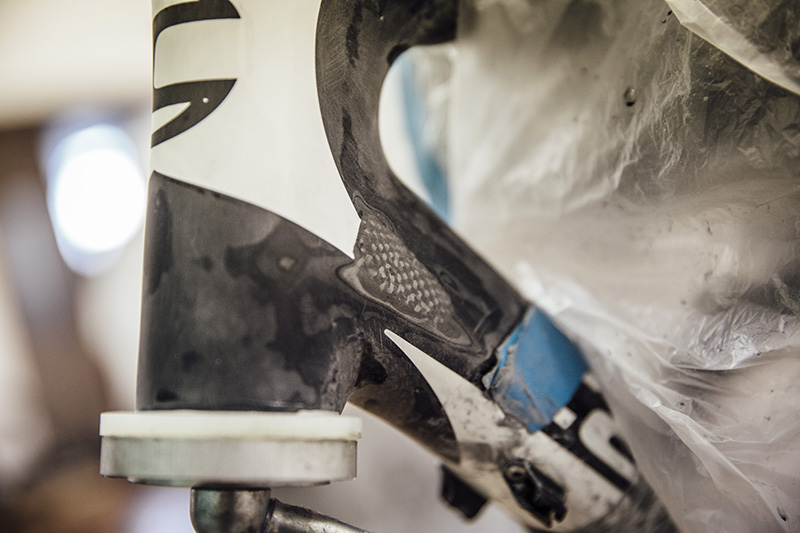
Lightness versus strength
The frame needs to have a certain density to be bonded back into one piece, and that’s one reason why the UCI stipulates a 6.8kg minimum weight limit. As frames have got lighter, the tubing has got thinner, creating problems.
“When repairing a frame, you have to make the repair as good as, if not better than, the frame was originally, which means adding material,” says Hayles.
Modern oversized tubing offers more surface area, but at certain zones of the frame — such as the bottom bracket — it is difficult to add more material.
Wheels are another component that may undergo surgery to prolong their life. Again, wheels are expensive, so people want to repair them rather than put them out with the recycling. Safety can be a concern after repairs, and special care and expertise is needed with wheels.
“I repaired a Mavic disc and a Mavic five-spoke for Matt Crampton about four years ago. He’s on the track racing on them at the moment,” says Hayles.
“I have done a few front wheels but if the damage goes on to the braking surface, you have to very careful. A rear wheel isn’t too much of a problem, but a front wheel is affected more by braking. A tubular is easier to fix than a clincher. With clinchers, there are greater stresses on the rim from braking,” he adds.
>>> Is it the end for the 34t chainring?
“It’s even possible to mend parts of broken forks, depending where the damage is. I’ve done dropouts and a cracked steerer, but if it’s the fork blades, I’d recommend replacing them, as it’s not worth the risk. It’s the same as stems and handlebars.”
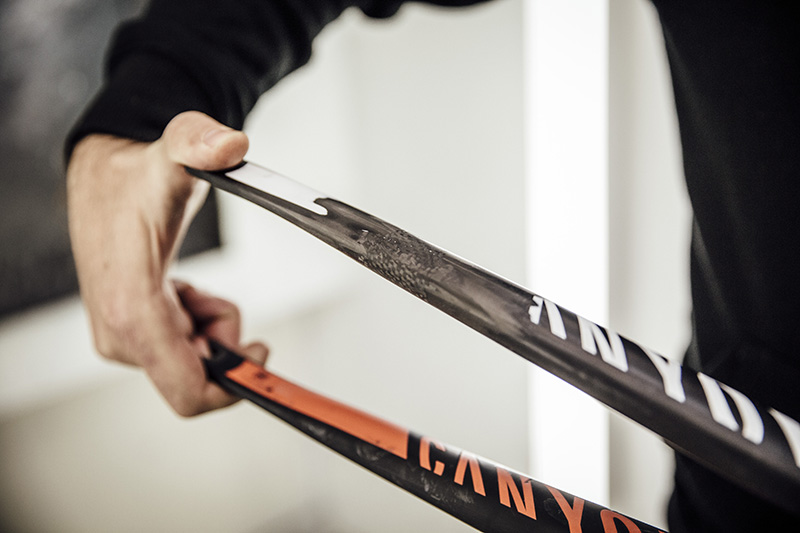
Our take
In most cases, it is possible to have a carbon bike frame repaired effectively and safely, saving money in the long run. But sometimes it is not possible. If the bike is insured, then it’s hard to see why you’d take the risk. Whatever you ultimately decide, seek professional advice — this solution is definitely for professionals only. Do not try to repair carbon at home.
Yes: Richard Matthews, carbon composite specialist, Cervélo
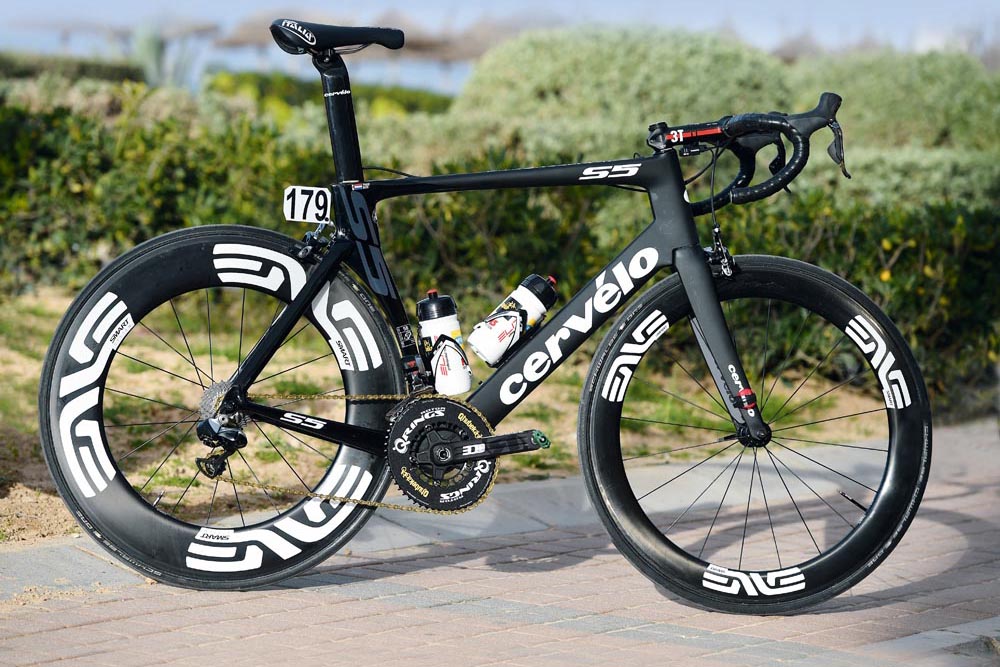
“Repairing a carbon composite frame is definitely possible but it’s a complicated process — one best performed by people with experience, knowledge and the correct tools. Original manufacturers and specialist composite bicycle repair companies are best suited to repair composite frames.”
No: Claire Beaumont, marketing manager, Condor Cycles
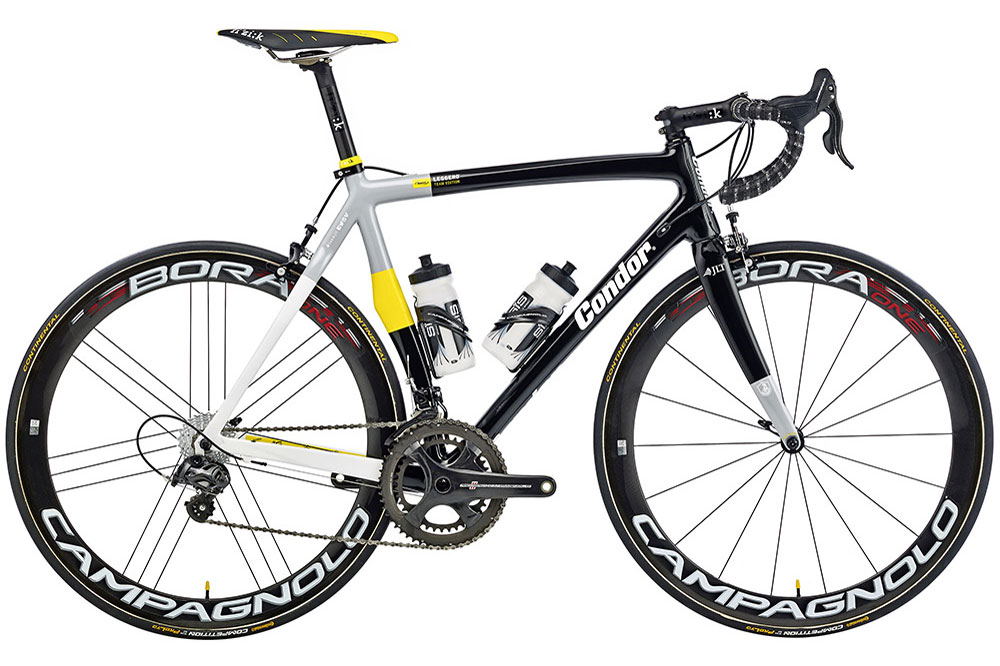
“We offer crash replacement at Condor. Most people who come to us with a broken frame have been involved in a serious collision with a car and the insurance company is paying for the damage. In which case, most choose a new frame — it’s always nice to get new things.”

Thank you for reading 20 articles this month* Join now for unlimited access
Enjoy your first month for just £1 / $1 / €1
*Read 5 free articles per month without a subscription

Join now for unlimited access
Try first month for just £1 / $1 / €1
Get The Leadout Newsletter
The latest race content, interviews, features, reviews and expert buying guides, direct to your inbox!
Michelle Arthurs-Brennan the Editor of Cycling Weekly website. An NCTJ qualified traditional journalist by trade, Michelle began her career working for local newspapers. She's worked within the cycling industry since 2012, and joined the Cycling Weekly team in 2017, having previously been Editor at Total Women's Cycling. Prior to welcoming her first daughter in 2022, Michelle raced on the road, track, and in time trials, and still rides as much as she can - albeit a fair proportion indoors, for now.
Michelle is on maternity leave from April 2025 until spring 2026.
-
 'I'll take a top 10, that's alright in the end' - Fred Wright finishes best of British at Paris-Roubaix
'I'll take a top 10, that's alright in the end' - Fred Wright finishes best of British at Paris-RoubaixBahrain-Victorious rider came back from a mechanical on the Arenberg to place ninth
By Adam Becket Published
-
 'This is the furthest ride I've actually ever done' - Matthew Brennan lights up Paris-Roubaix at 19 years old
'This is the furthest ride I've actually ever done' - Matthew Brennan lights up Paris-Roubaix at 19 years oldThe day's youngest rider reflects on 'killer' Monument debut
By Tom Davidson Published
-
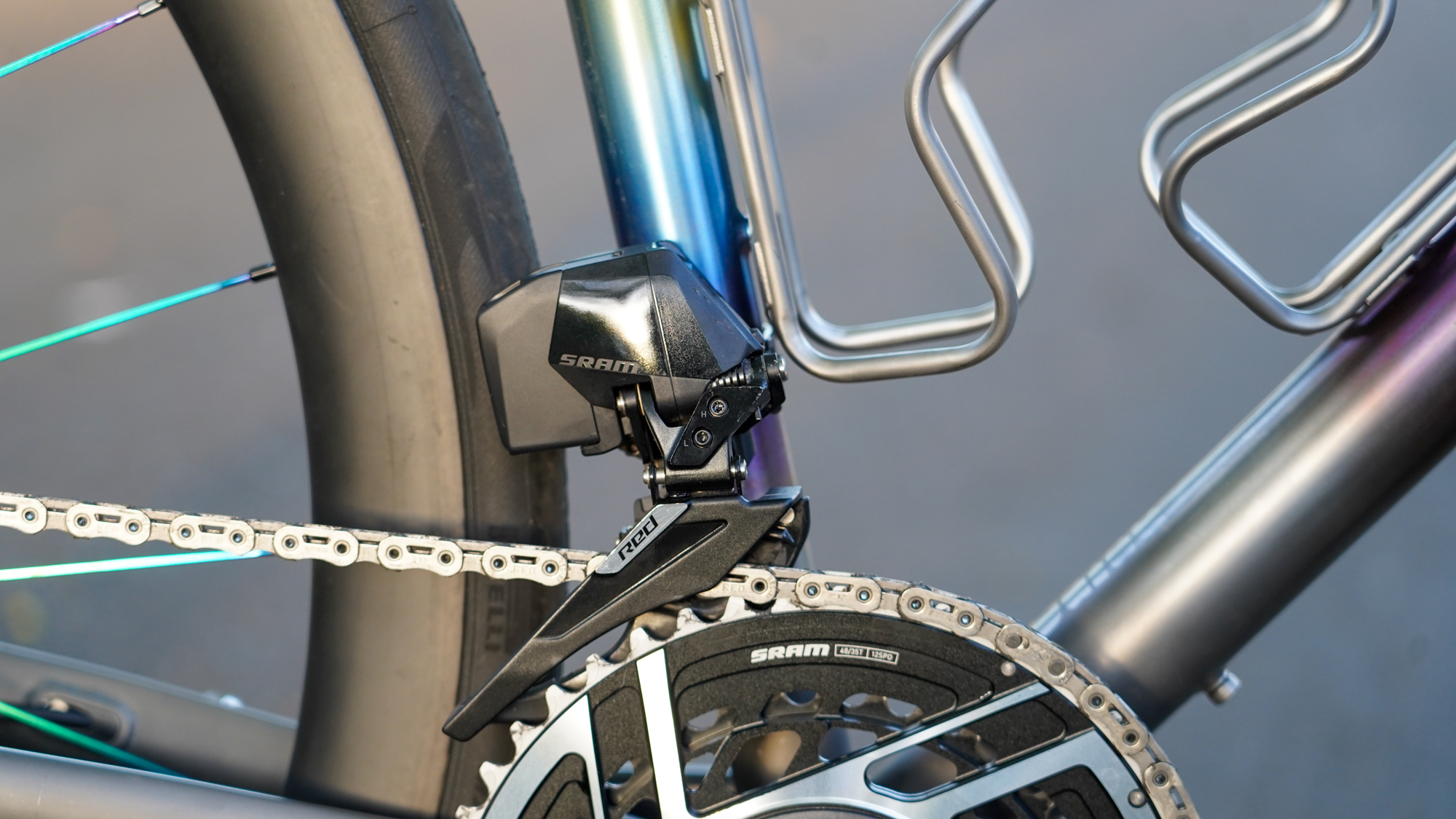 Opinion: Are electronic groupsets worth the investment?
Opinion: Are electronic groupsets worth the investment?Thoughts on drivetrains, buttons, batteries, fast vs slow, good vs evil, wristwatches and zen states of being
By Tyler Boucher Published
-
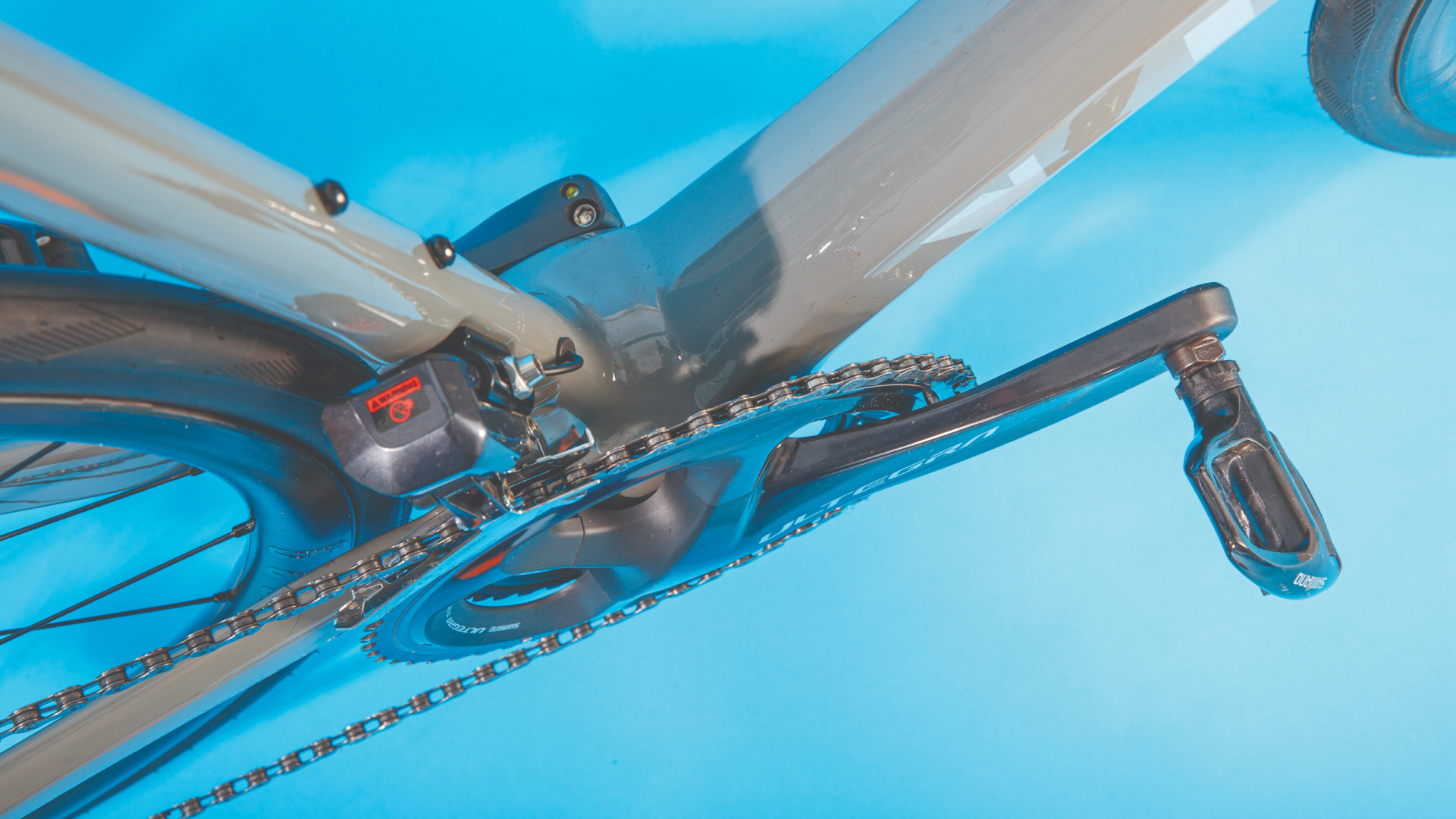 Everything you want to know about the Q Factor
Everything you want to know about the Q FactorWhat it is and why it matters, how to measure it, what the Q stands for, and more
By Tyler Boucher Published
-
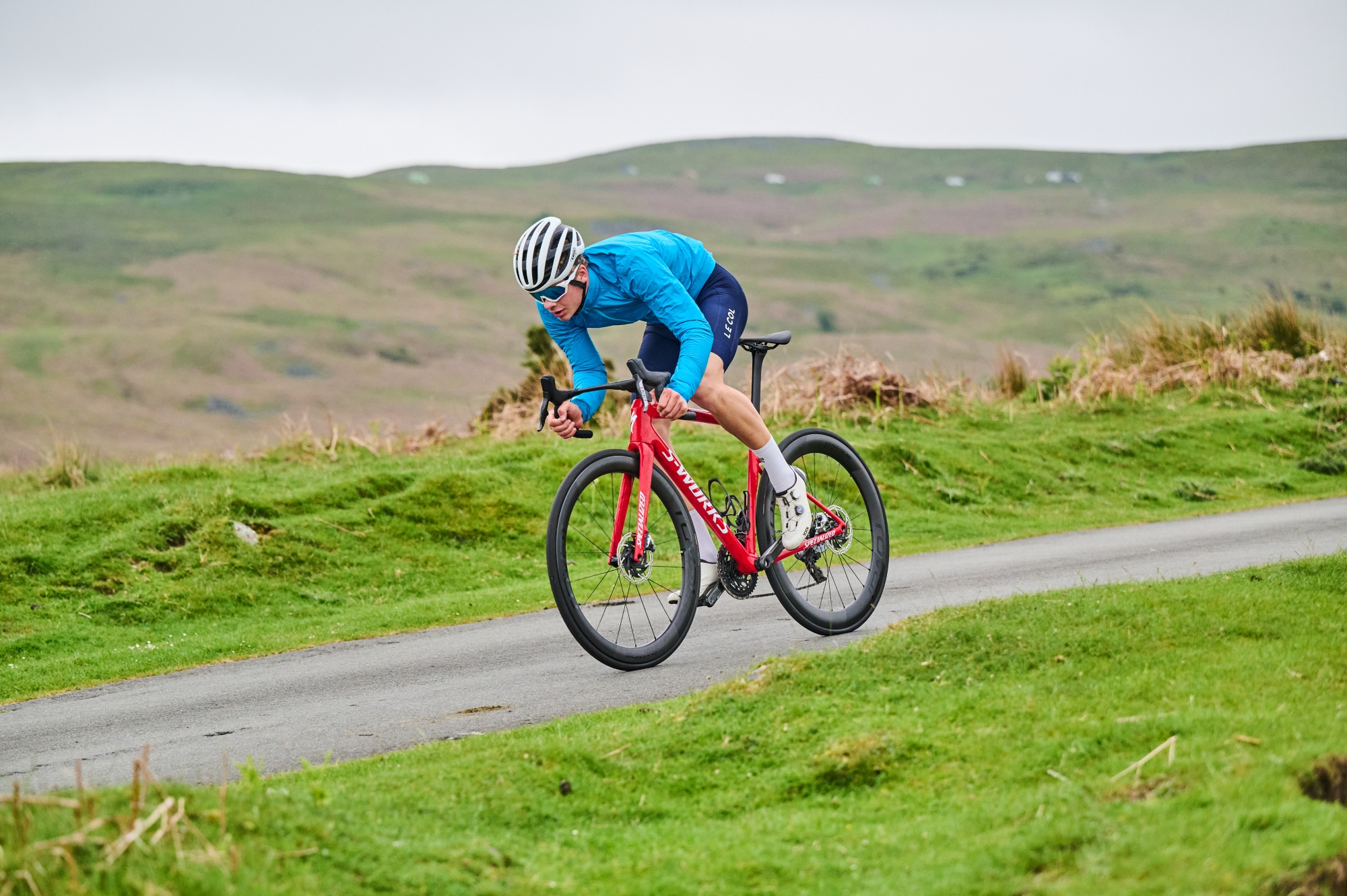 Stiffness vs. Compliance: Making sense of bicycle frame design
Stiffness vs. Compliance: Making sense of bicycle frame designHow frame designers find the sweet spot between stiffness and compliance as well as some thoughts on “ride quality”
By Tyler Boucher Published
-
 Tech Question: We're used to racers on narrow bars - but are they more comfortable, too?
Tech Question: We're used to racers on narrow bars - but are they more comfortable, too?We ask the experts what to look for in determining the optimal handlebar width
By Joe Baker Published
-
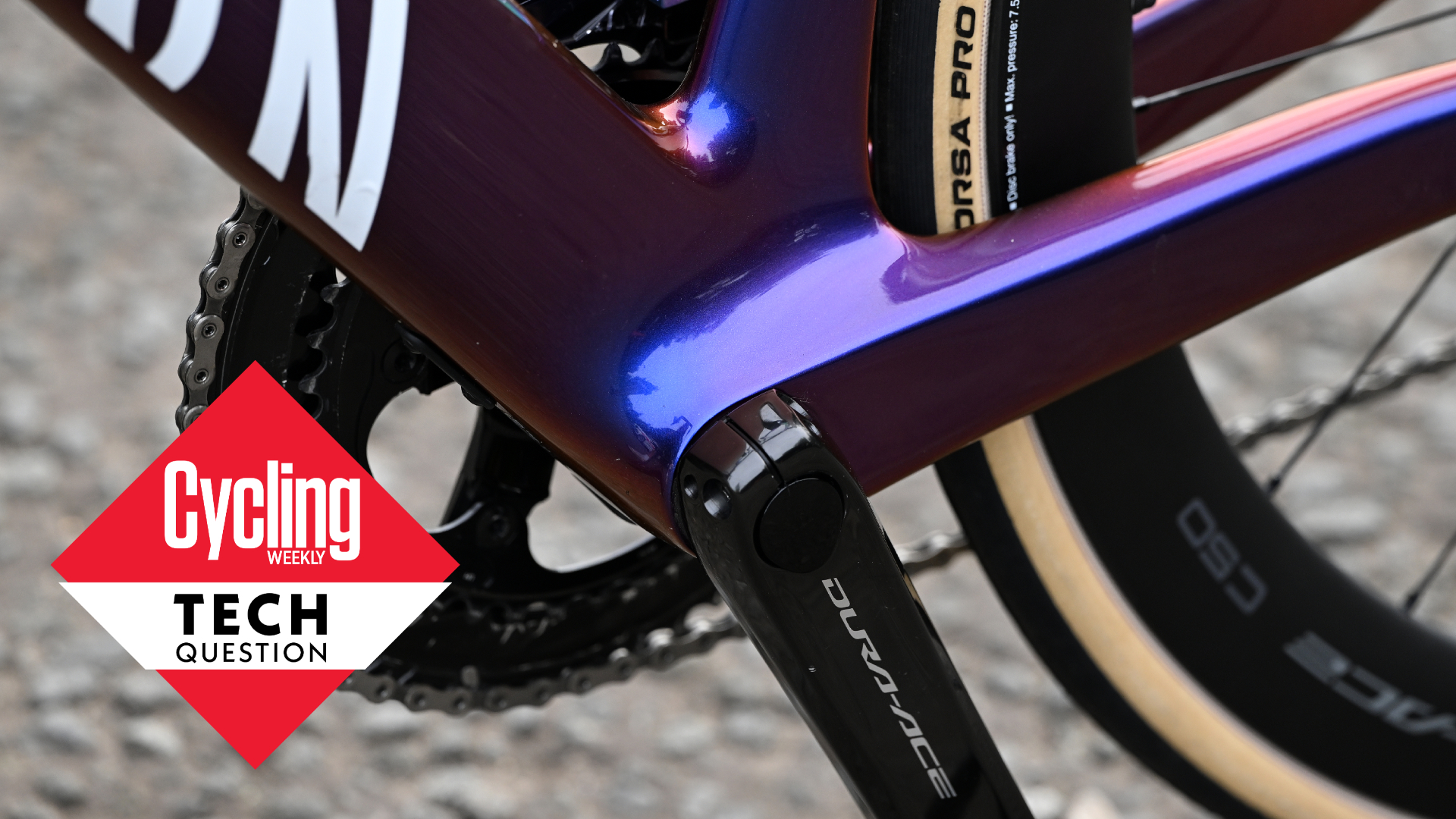 Tech Question: Where do things now stand on press-fit bottom brackets? Good or bad?
Tech Question: Where do things now stand on press-fit bottom brackets? Good or bad?Few innovations have garnered as much animosity as press-fit bottom brackets - but the tech now has some strong proponents
By Stefan Abram Published
-
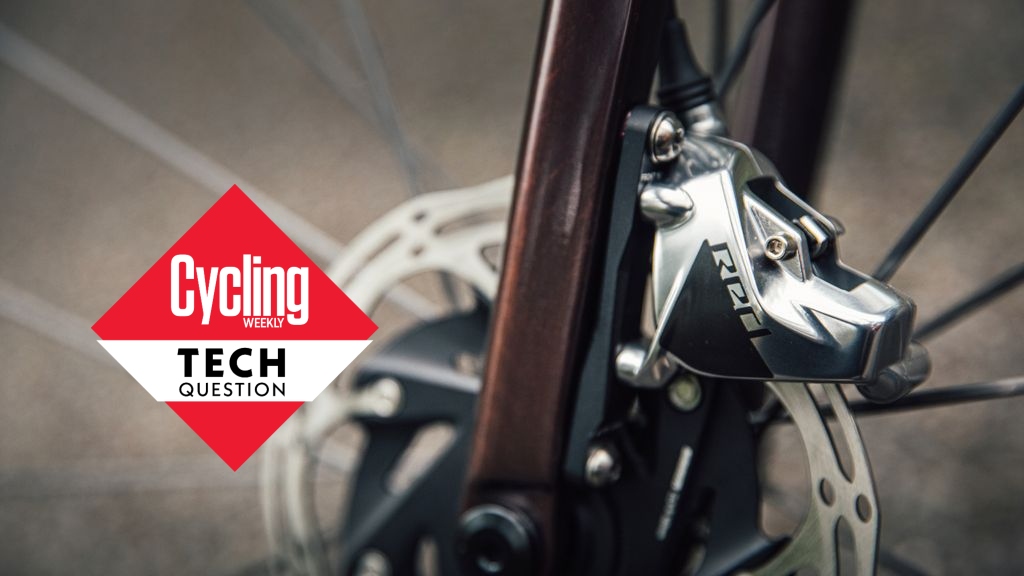 Tech Question: Is a proper clean the only disc brake upgrade you need?
Tech Question: Is a proper clean the only disc brake upgrade you need?Bike mechanic and owner of Surrey Hills Cycleworks, Dave Farmer, shares his tips on how to improve braking performance
By Stefan Abram Published
-
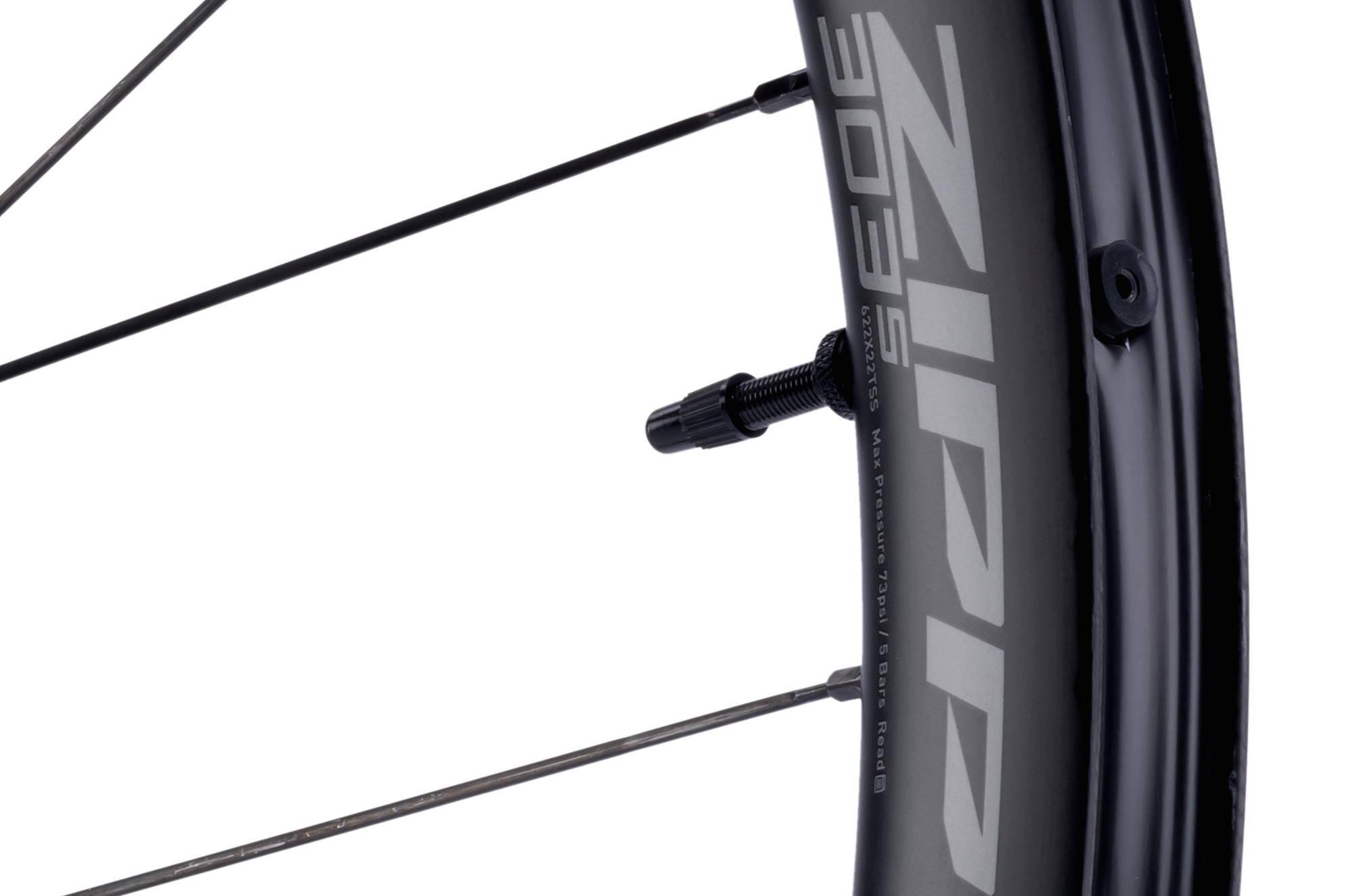 What are hookless rims and do you need them?
What are hookless rims and do you need them?With the big wheel brands launching new rims with straight sidewalls, we ask whether hookless technology can benefit your bike riding
By Simon Smythe Published
-
 Do you need indoor cycling specific clothing?
Do you need indoor cycling specific clothing?With an ever expanding range of indoor cycling kit available, we ask if it really makes any difference?
By Michelle Arthurs-Brennan Published